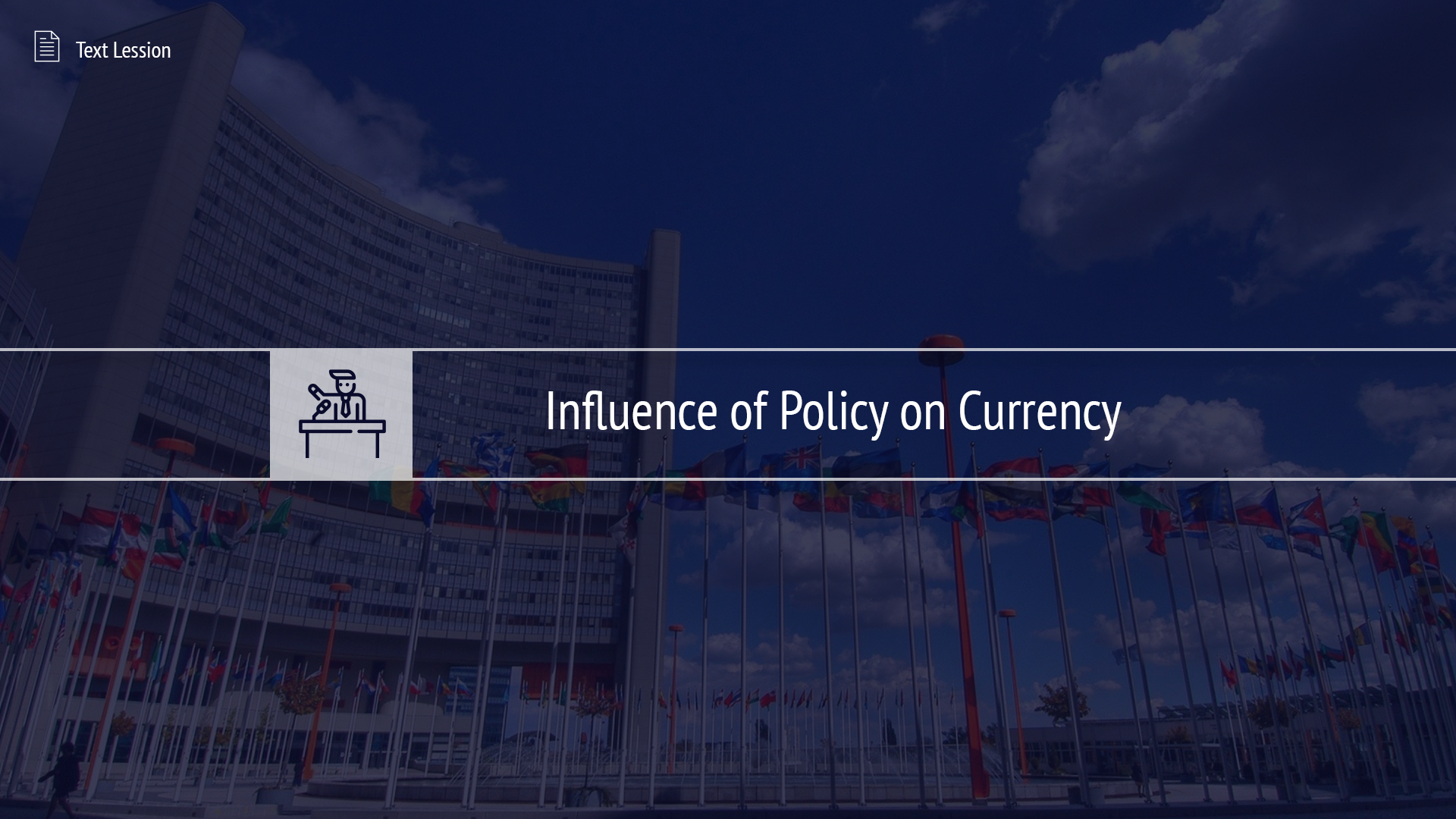In this lesson, you’ll learn how central bank policy and government policy influence currency through fiscal and monetary policy.
Money supply – the total amount of money available in the economy
The price of a currency is determined by demand and supply, just like other assets. Hence, the money supply within the economy affects the price of the currency. The money supply can be defined as the total amount of money available in the economy. If this money supply increases, the amount of funds available for expenditure and investment will increase. This leads to a stimulatory effect on the economy. If the money supply decreases, the opposite effect will occur.
Control must be maintained over the growth of the money supply. An excessively large supply will raise the level of inflation to a point that harms the economy. Conversely, an excessively low supply can stall its growth. Policymakers are obliged to maintain the right balance between inflation and growth through stimulatory or restrictive monetary policies.
Stimulatory monetary policy involves the Central Bank looking for ways to increase the money supply, while restrictive monetary policy involves the Central Bank looking for ways to decrease it.
Two most common ways to control the money supply are by setting interest rates and changing the minimum reserve requirement for banks.
Changes in interest rates affect the money supply
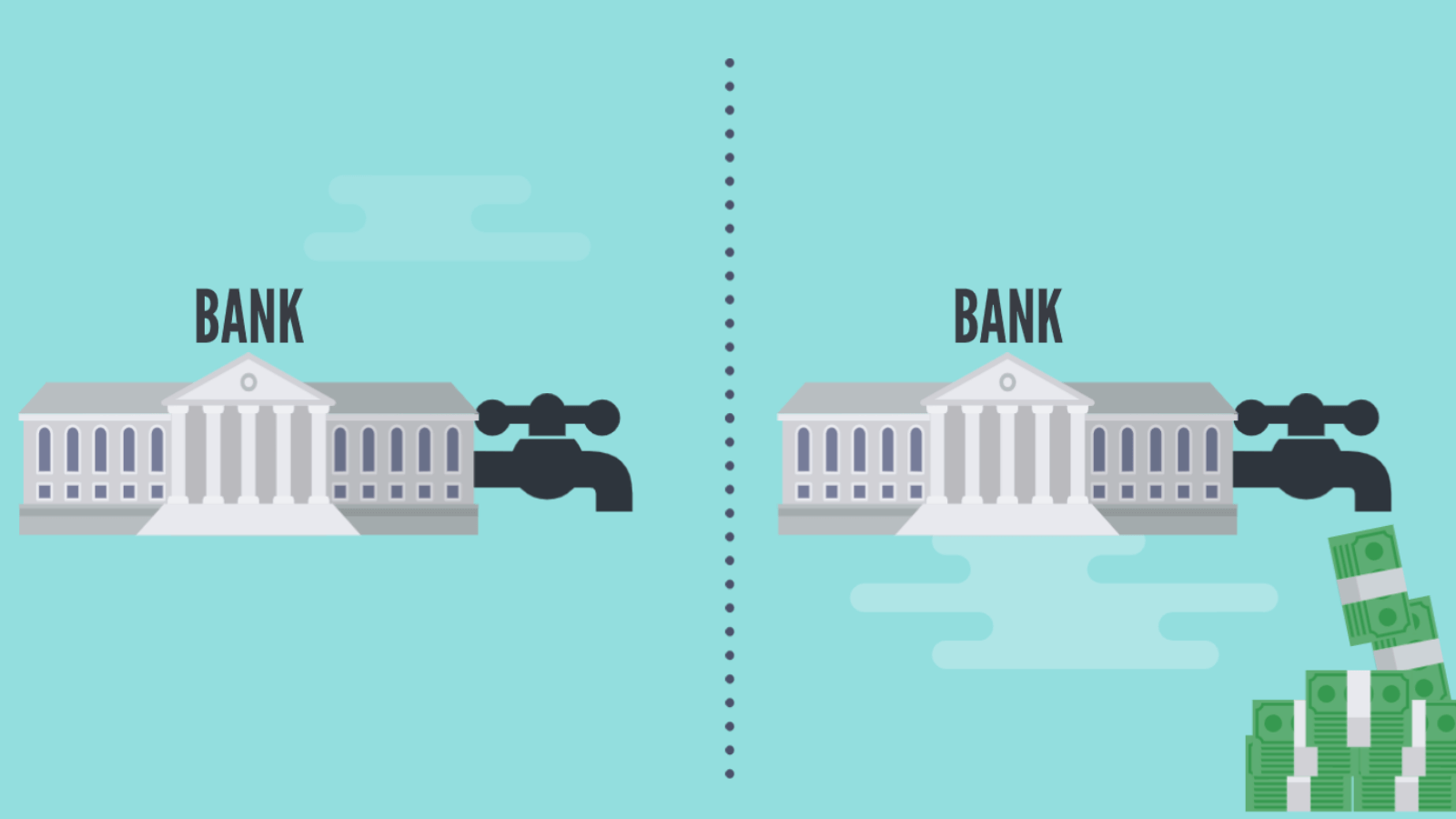
To limit capital in the economy, the Central Bank can raise interest rates. This effectively restricts the number of loans that customers or businesses can take, as high interest rates mean higher costs of borrowing.
Reducing the number of loans in the economy decreases the amount of investment and expenditure. Therefore, it reduces the demand for goods or services. Similarly, inflation can be controlled as when there is lower demand for goods or services, prices often rise slower and sometimes even fall.
To increase the amount of available capital in the economy, the Central Bank will look to lower interest rates. By doing this, it makes borrowing cheaper and stimulates the economy through increased spending and borrowing.
Restrictive policy has a positive impact on the currency
A restrictive policy has a positive impact on the currency, as raising interest rates attracts new capital into the economy. This happens because high interest rates often serve as an indicator of a strong economy. Furthermore, investors earn more profit on the capital they hold in the banks of such an economy.
Stimulatory Monetary Policy Has Negative Effects on Currency
Stimulatory monetary policy often has a negative effect on currency because it makes capital far more accessible, leading to likely inflationary effects. The purchasing power of the currency decreases, reducing its value.
Low-interest rates also mean that investors earn less profit on the capital they hold in the economy. Investors often seek opportunities to invest their capital elsewhere, further decreasing the currency’s value.
Control Over Bank Reserve Requirements Affects Money Supply
Another method of controlling the money supply involves limiting the amount of funds a bank can use for loans to businesses or individuals. This is achieved by setting a minimum reserve requirement for the bank.
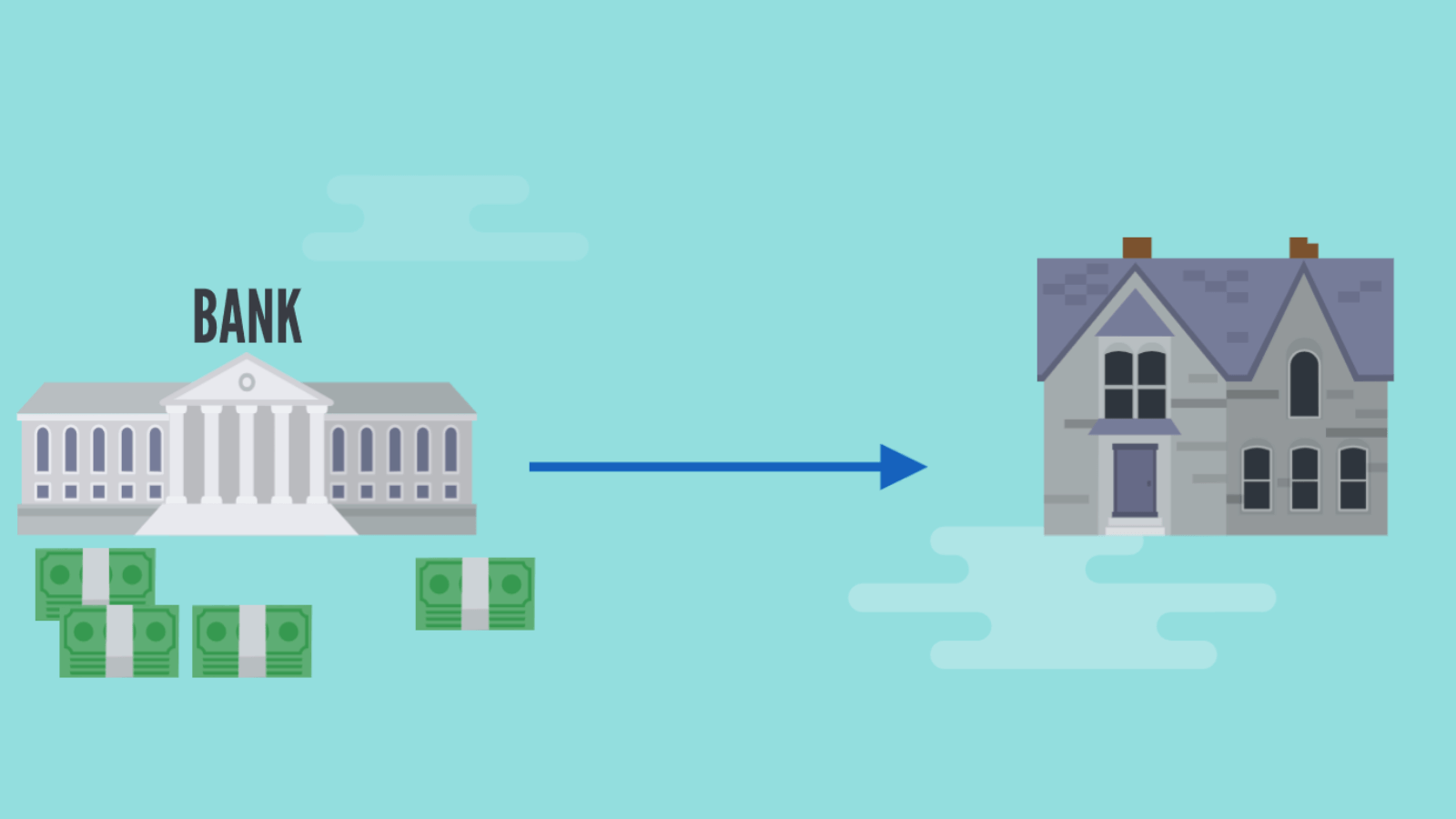
Banks hold a small portion of all their assets in cash, which can be withdrawn at any time. The majority of their capital is often invested or loaned out in the form of mortgages or loans.
The central bank determines the minimum amount that must be held for rapid withdrawal, known as a required reserve.
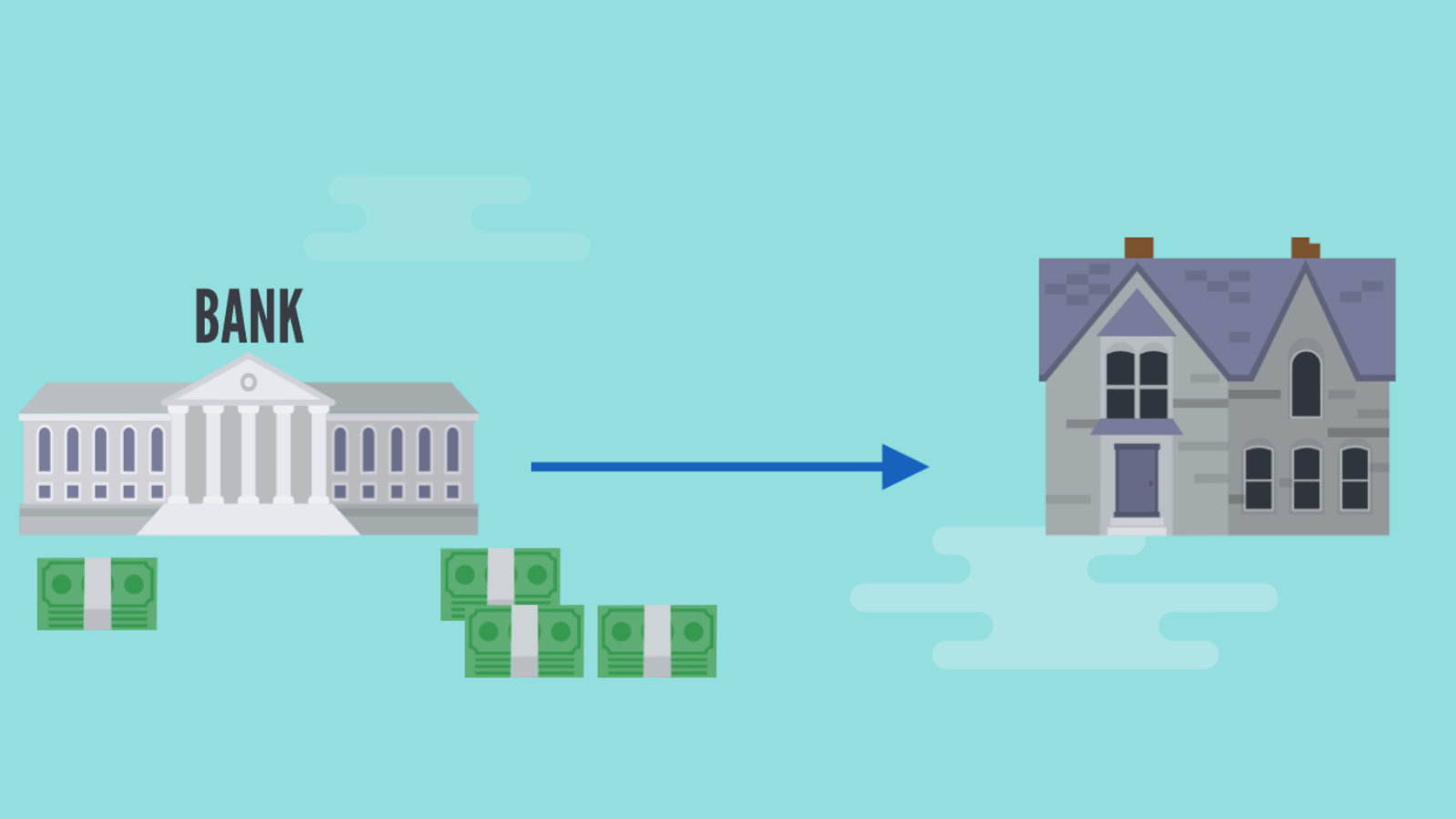
If the central bank increases the required reserve, it reduces the amount of funds available to the bank for lending, effectively decreasing the amount of capital in the economy and lowering the money supply.
Therefore, reducing the required reserve has the opposite effect as banks can invest and lend more, leading to an increase in the money supply in the economy.
Changes in Required Reserve Can Affect Currency Price
It affects the economy in the same way that changes in central bank interest rates do.
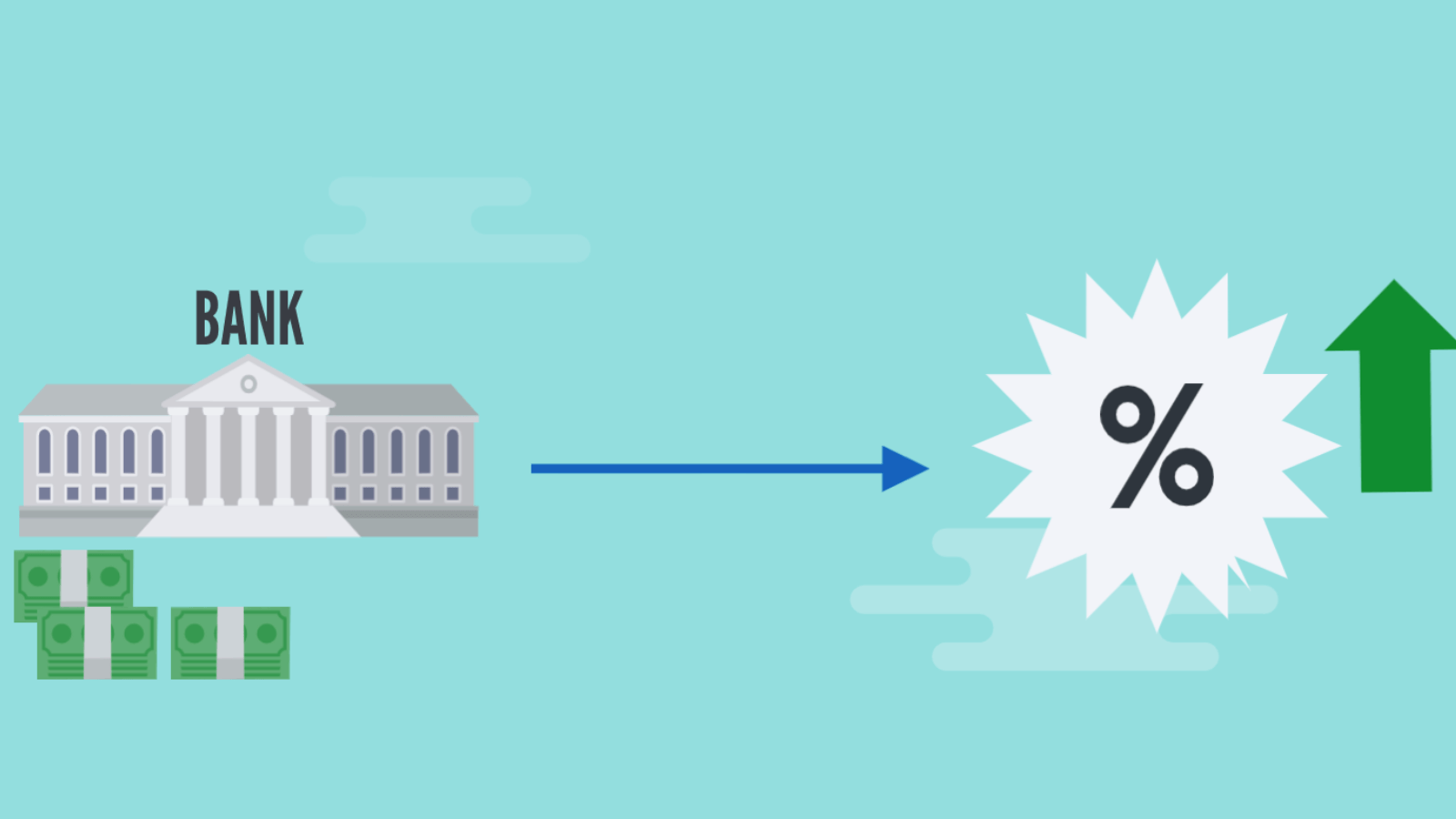
If a bank is required to hold more capital in reserve, it restricts the available money for loans, and they can charge high interest rates from those who borrow. But operating at higher rates can be quite profitable for those who hold savings, as they earn good returns.
This is likely to increase the currency’s price, as more capital will flow into the country to benefit from the high-interest rates. Conversely, a decrease in the reserve can negatively affect the economy, as banks can allow more loans at lower interest rates.
Fiscal Policy Can Be Used To Stimulate The Economy
A country’s spending is its fiscal policy. Policymakers use it to influence the economy by manipulating expenditures and taxes.
The funds that the government spends are derived from taxes or through borrowing via debt securities known as government bonds. If a government spends more funds than it borrows from private investors, this is referred to as a budget deficit.
Government spending often serves as a significant means to stimulate the economy and can be through specific projects (infrastructure development, construction) or by hiring public servants.
Government expenditure can be a powerful tool in fighting economic downturns, as funds infused into the economy have a stimulatory effect. For instance, a public housing construction project benefits construction companies and manufacturers of materials required for building houses.
If the government conducts loose fiscal policy, it can positively affect the amount of investment made in the currency. This implies that the currency’s price will increase.
